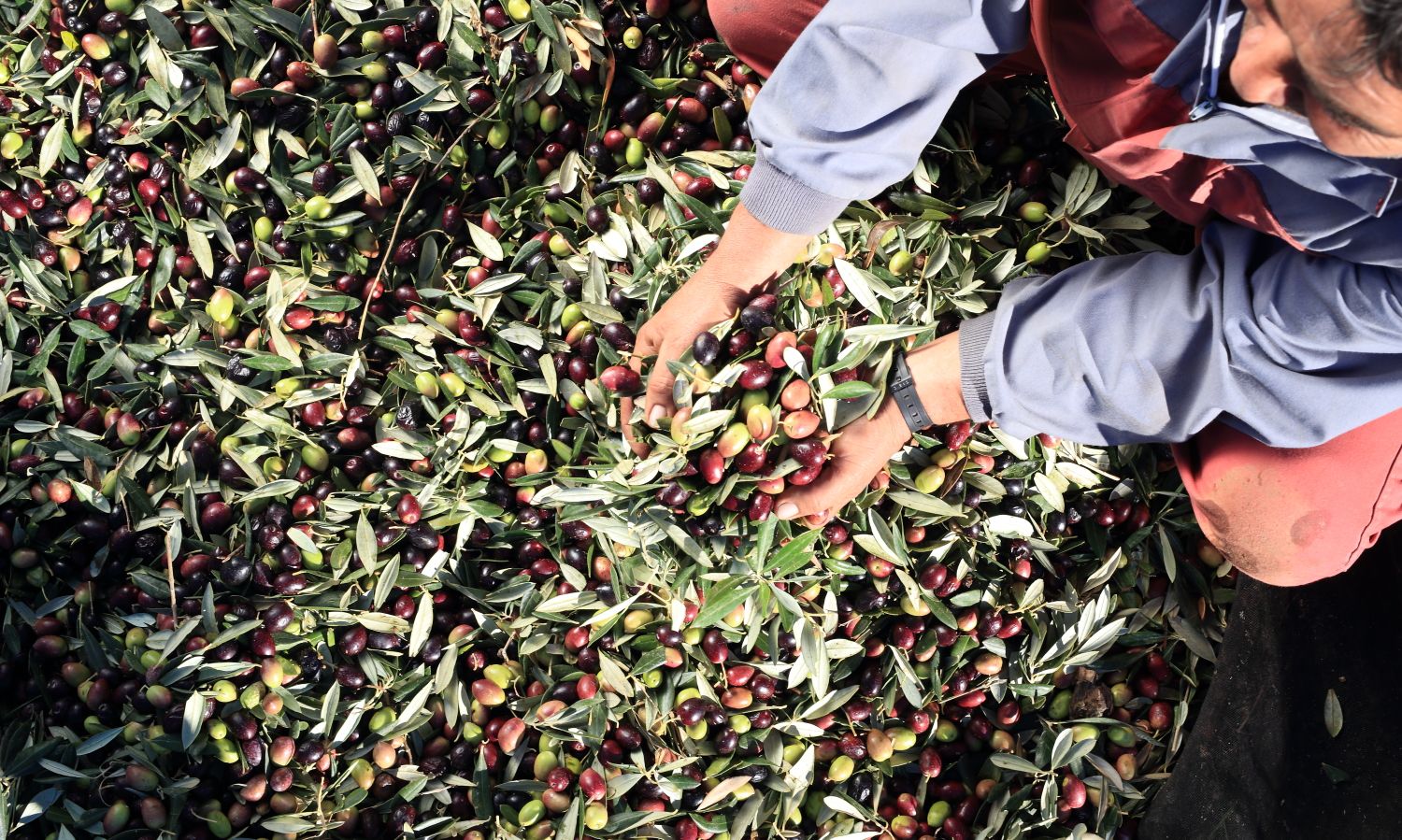
Where Do Olives Come From? Bertolli’s Approach to Selecting Quality Olive Oil
Creating high-quality, fresh and universally enjoyed extra virgin olive oil is no easy task. Just ask Anna Cane, Bertolli’s Corporate Quality Coordinator who’s been seeking out and sampling olive oils from around the globe for over 20 years.
Each day, as growers around the world send their olive oil samples to Bertolli in hopes of being selected for an extra virgin olive oil blend, Cane’ team works to sort through the raw materials to find what’s suitable for the brand. In 2018, for example, Bertolli sampled more than 20,000 oils—only 20 percent of which met the company’s high standards.
Cane goes on to say that not all extra virgin olive oils are created equal, and low prices can be a good indicator of a lesser oil. The lower the quality, the sooner the oil will begin to degrade—which means taste and health perks quickly diminish. Bertolli pays farmers more to crop earlier to get the best-possible batch of olives for our oils, which contain more antioxidant-rich polyphenols than late-harvest olives. Price is closely linked to quality, and Cane’ team works to find the very best.
Instead of relying on crops from one specific area, the sampling team identifies and travels to multiple producer areas—like Italy, Spain, Greece and several South American countries—to find crops worth pursuing. From there, selected producers send oil samples that include information about the specific batch, the area of origin, the date and more. Then, it’s time to test.
“The sampling team involved in the selection activity classifies the oils by their different flavors and characteristics. We receive between 16,000 and 20,000 samples a year—and they’re coming in from suppliers every day—so it’s a lot to test!” Cane says. “Additionally, the oil we select for Bertolli must meet our chemical standards, which are more stringent than the legal requirement.”
The team looks for oils that don’t have any defects, either in taste or smell, and ideally have fruity tasting notes (which is a common flavor among popular olives used for oil). They also evaluate the aftertaste and any potential bitterness, spiciness or vegetal notes to determine how to pair and blend the sample with complementary oils.
Cane sums it up best: “Every year we find where the best-quality olive oil is produced, and every year it’s a new story.”

